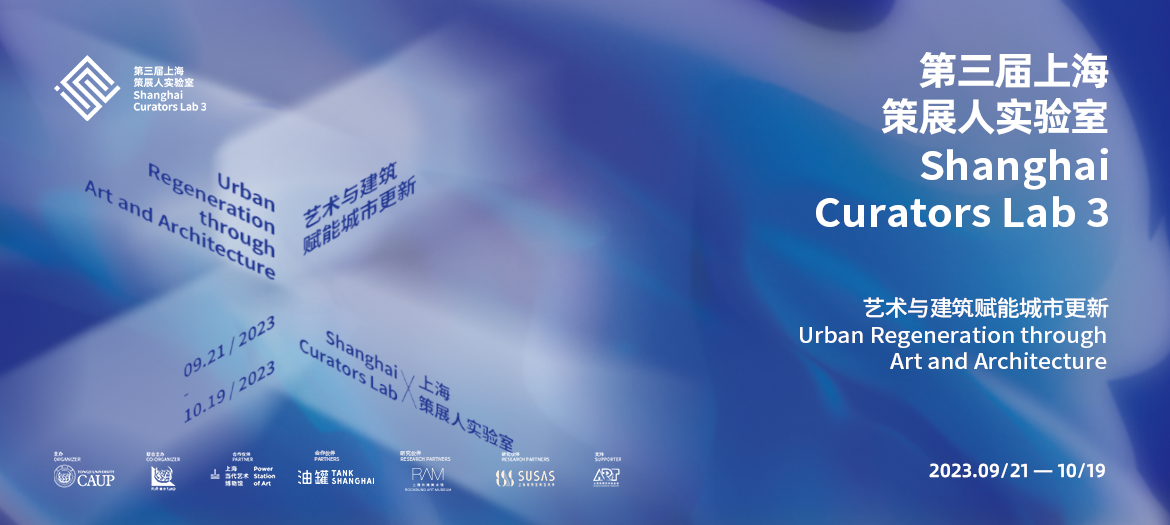
Øystein Rø is an architect and founding partner of Transborder Studio. Transborder Studio is an Oslo-based office working with projects in the fields of architecture and urbanism, with a particular focus on diverse cities and neighborhoods, transformation, and cultural buildings. Transborder works on all scales, from small interventions to large urban projects, often with a unique blend of program, context, and history. Rø has exhibited at the Venice Biennale, the Seoul Biennale of Architecture and Urbanism and Oslo Architecture Triennale, amongst others. Prior to establishing Transborder Studio, Øystein Rø was co-founder and director of the art and architecture gallery 0047 in Berlin and Oslo (2004-2014), a work he received the Norwegian Design and Architecture Centre’s prize and Oslo Architect’s Association’s prize for. He has his education from NTNU in Trondheim and TU in Berlin. www.transborderstudio.com
Transborder Studio is an architectural practice based in Oslo, Norway. The studio has a particular focus on diverse cities, inclusive neighborhoods and sustainable design. For Shanghai Curator Lab 3, Øystein Rø, founding partner of Transborder Studio, will presents the studio’s portfolio on sustainable design, emphasizing on the radical design proposal for the next phase of Oslo’s waterfront transformation.
The Oslo ‘Fjord City’ development is often praised as a success, featuring high profile projects such as Snøhetta’s Opera House and the recently opened Munch Museum. But under the surface, the fjord has become an ecological desert following years of removal of the natural shoreline and habitat. The natural seascapes have been replaced by landscapes of the Anthropocene. The next phase of the harbor transformation calls for ways to bring that nature back.
Conventional port constructions normally have a high carbon-footprint, as well as insufficient conditions for marine life. By altering and adjusting the conventional building elements, Transborder Studio is proposing a project with a negative carbon footprint that regenerates nature in the Oslo fjord. The team suggests the building platform to be lowered into the sea, as a structural grid, upon which a new seabed is established as breeding ground for marine species. The result is improved health and quality of the fjord.
From the seabed construction and upward, everything is built with wood, and elements exposed to seawater are protected with a layer of treated hardwood – preventing absorption of water - and therefore any damage from decomposition. The constructive method and facilitation for biodiversity also gives unique qualities for life over water: Sunlight, views, and access to the sea surface, creating a neighborhood for all species.

